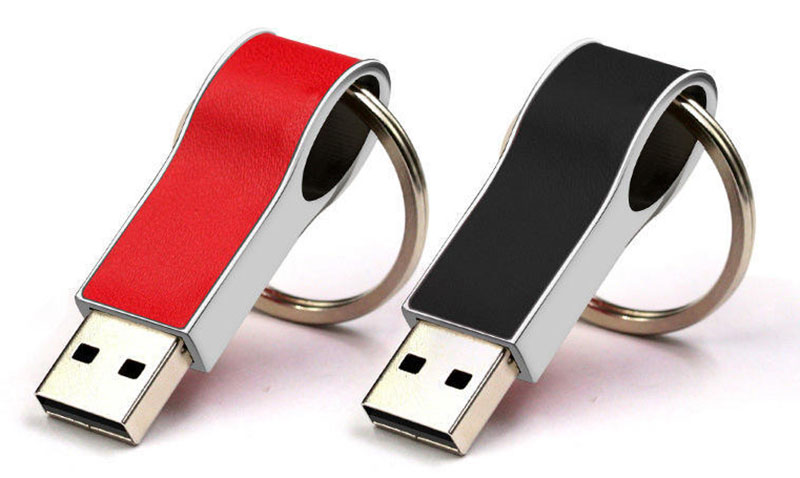Industry News
How to Format a USB Flash Drive on Mac?

Formatting a USB drive is something you'll probably do quite often on your Mac, whether it's to wipe data clean, fix some file system issues, or share files with different operating systems. It's pretty straightforward! In this article, we'll walk you through how to format a USB drive on your Mac in just five easy steps.
1. **Plug in Your Flash Drive**
First things first—make sure your flash drive is plugged into one of the USB ports on your Mac. The good news is that Macs usually recognize USB drives automatically. If yours isn't showing up, try unplugging it and plugging it back in or switching to another port.
2. **Open Disk Utility**
Next up, let's open the built-in "Disk Utility" app on your Mac. You can do this by clicking the Apple icon at the top left corner of your screen, selecting "Applications," then finding and opening the "Utilities" folder where you'll see "Disk Utility." Alternatively, you can hit "Spotlight" (the magnifying glass) from anywhere on macOS and type "Disk Utility" to find it quickly.
3. **Get Ready to Format**
Once you're in Disk Utility, you'll see all storage devices connected to your Mac listed on the left side—this includes both internal hard drives and any external USB drives like yours. Find and click on the USB drive you want to format.
After selecting it, look for options at the top like "Info,""Erase,""Partition," etc. Click on 'Erase' which will pop up a window where you can set everything for formatting your USB drive.
4. **Set Up Formatting Options**
In this new window for formatting options, you can choose what name you'd like for your drive as well as its format and scheme.
Feel free to pick whatever name works best for you! For formats, you've got choices like APFS, Mac OS extensions (log format), MS-DOS (FAT), ExFAT, etc.
✔ APFS is great for the latest MacOS versions because it offers better performance and security.
✔ If you're using an older MacOS, the Mac OS Extended (log-based) format works well. It's super compatible and stable!
✔ MS-DOS (FAT) is a universal format that lets you easily share files between Windows and Mac systems.
✔ ExFAT is perfect if you often swap files back and forth between Windows and Mac.
Usually, it's best to go with a 'UUID partition map.' 5. Let's start formatting
5. Start formatting
Once you've picked your formatting options, just hit the "erase" button in the bottom right corner. A prompt will pop up asking you to confirm what you're about to do. Make sure everything looks good, then click "Continue" to kick off the formatting process. Depending on how big your USB drive is and its speed, this might take anywhere from a few seconds to a couple of minutes.
When it's done, you'll see a message saying that formatting was successful. At this point, your USB flash drive has been formatted through these five easy steps, and you can find it in Finder ready for use!
If you've got any other questions about USB drives or anything else, feel free to reach out!
Small Storage, Beautiful Life.
Shenzhen MingFu Tech Co.,Ltd is a professional company that produces storage products, including USB Flash Drive, USB C Memory Stick, Type-C USB Thumb Drive, SD Memory Card products. If you've got any questions or need info, feel free to reach out anytime!
✉ sakura@szmftech.com
✆ +86 13826507576 (Whatsapp & Wechat)
✉ Online "CONTACT US" form
Customers also Ask:
How to Turn on the OTG Function on Your Smartphone?








